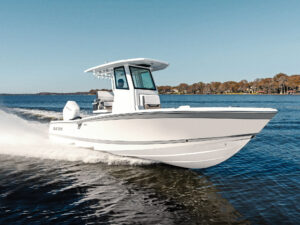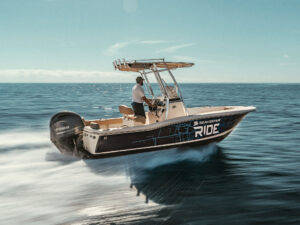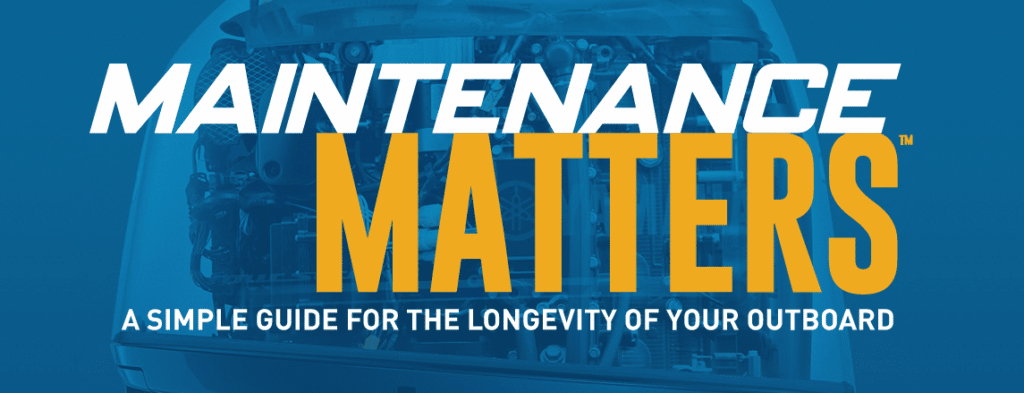
David Meeler, Marine Product Information Manager, Yamaha: “The most-often asked question from a new Yamaha outboard customer is ‘What do I need to know to take care of it?’ To help answer these questions, we’ve taken what we’ve learned from decades of experience in these matters and provided it in an easy-to-read publication called Maintenance Matters. It’s a simple guide for the longevity of consumers’ outboards. You can find this publication through your Yamaha dealer.”
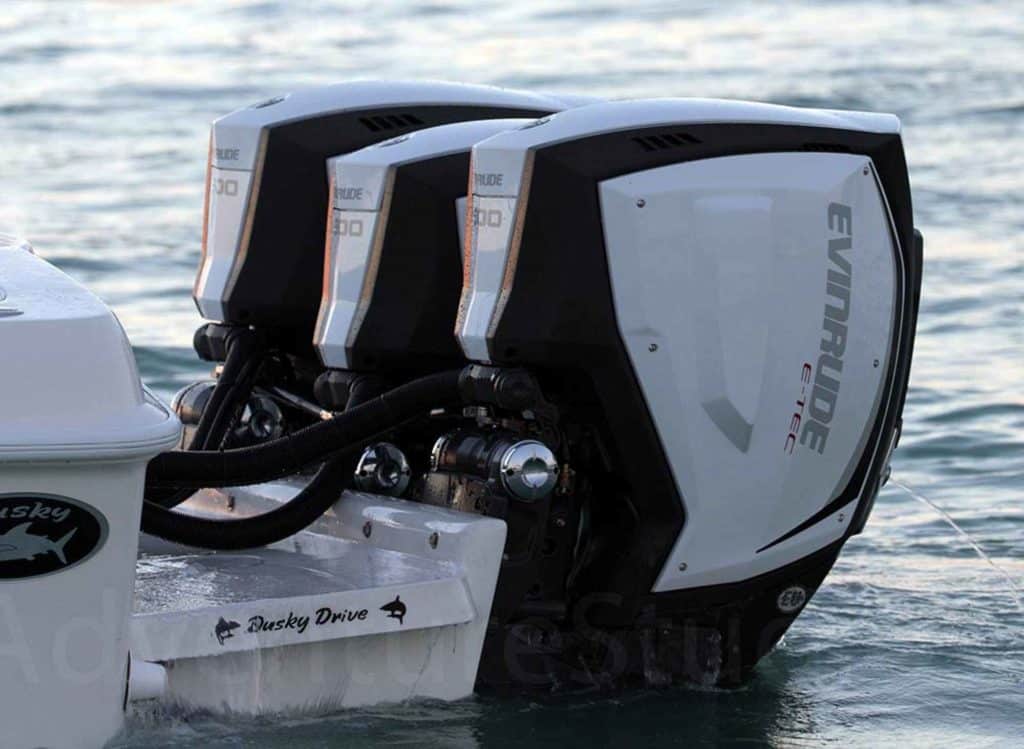
Jason Eckman, Global Product Manager, Market and Demand Planning for the Marine Propulsion Systems Division at Evinrude: “The most common oversight that we see is customers not following the routine maintenance schedule in the owner’s manual. All Evinrude E-TEC engines require a three year or 300 hour dealer scheduled maintenance. The new Evinrude E-TEC G2 requires dealer maintenance every five years or 500 hours.”
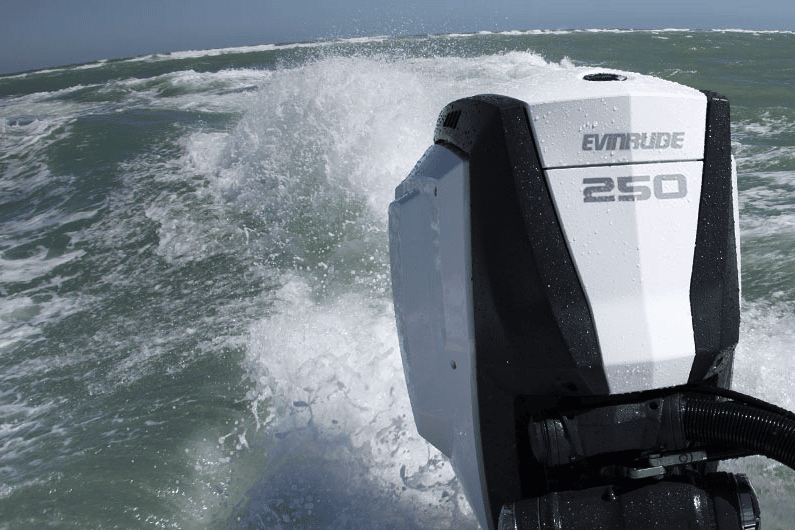
Jason Eckman, Global Product Manager, Market and Demand Planning for the Marine Propulsion Systems Division at Evinrude: “Many customers often forget that all Evinrude outboard engines come with an Auto Winterization/Storage mode. This allows the customer to fog the cylinders without needing to take the engine into a dealership.”
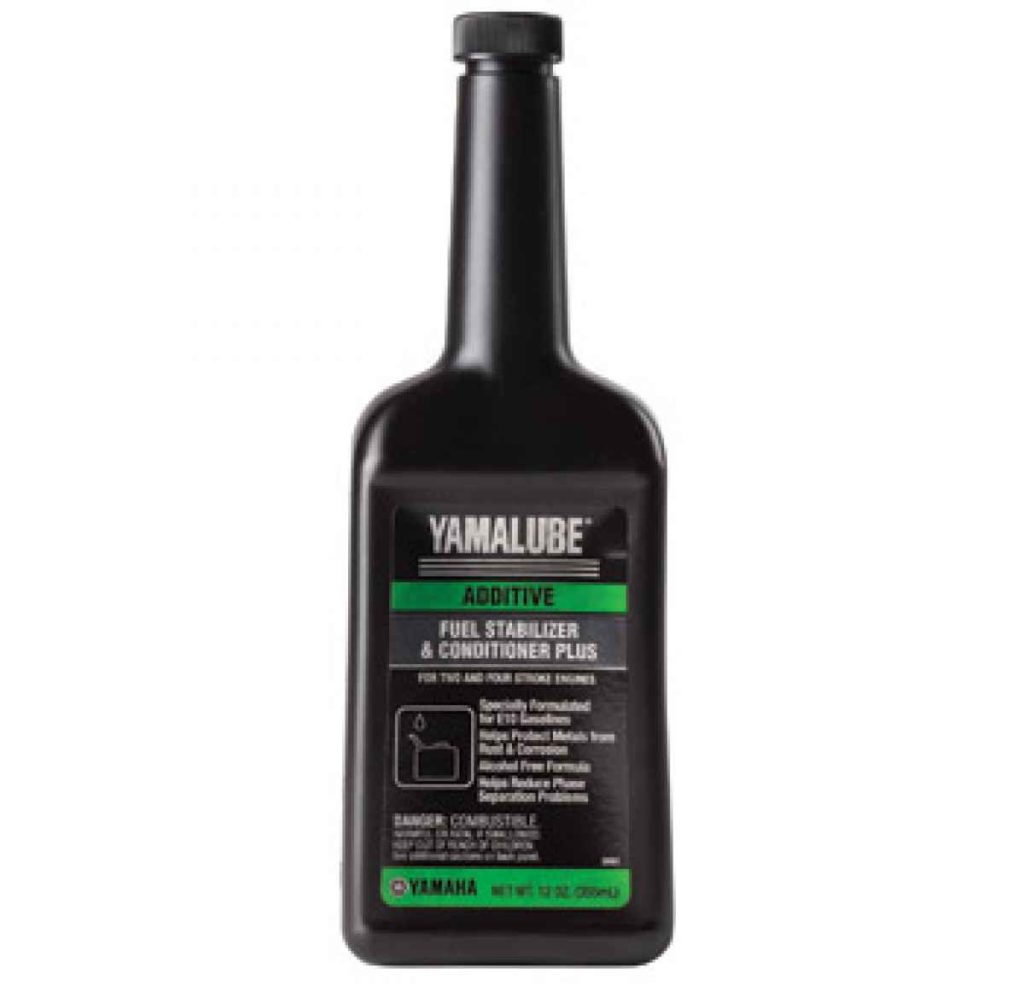
David Meeler, Marine Product Information Manager, Yamaha: “Hands down, take care of your fuel. Today’s fuels can begin to degrade rather rapidly, so make sure to add a quality, non-alcohol based marine fuel stabilizer and conditioner to each and every tank, not just before prolonged storage. Yamaha makes a great one. Also, add a quality marine de-carbonizer like Ring Free Plus, in addition to the cleansers that may be in your fuel from the refinery. It keeps out the carbon and cleans your engine from the inside out. Thirdly, install a high-quality, high-efficiency 10-micron water-separating fuel filter. Ten microns is one-twentieth of the diameter of a human hair, so it thoroughly cleans the debris from the fuel and separates any water that may be suspended within from the hygroscopic properties of ethanol. That stuff is in most fuel today, so get out ahead of it and take steps to protect your equipment. Lastly, buy your fuel only at stations that sell a lot of it. You want the freshest gas you can find before you stabilize it.”
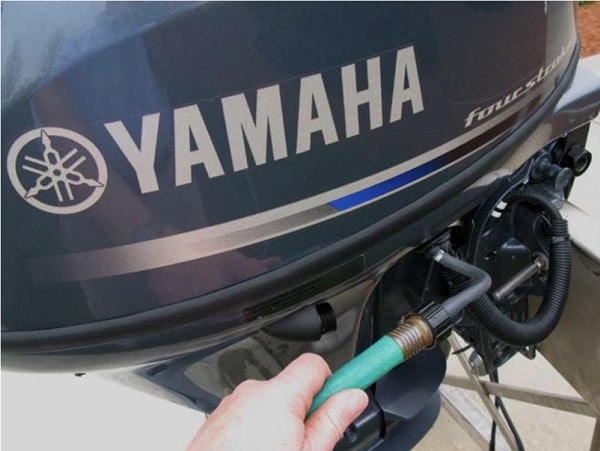
A Fresh Flush
David Meeler, Marine Product Information Manager, Yamaha: “Some types of maintenance are ‘interval’ in nature, meaning it’s scheduled every so often depending on use. Most boaters are good with that part, and often have their dealer take care of that for them, but many overlook the daily maintenance items that only they can do. Taking care of their fuel is one example. Another biggie is properly flushing their outboard with clean, fresh water after each and every use. It’s one of the single most important things they can do to ensure longevity and continued performance. Sure, we go to great lengths to prevent corrosion’s damaging effects when we design and manufacture the outboard, but you still don’t want that stuff sitting in your engine. Saltwater or fresh, it contains corrosives and contaminants, so flush it out of there — every single time.”
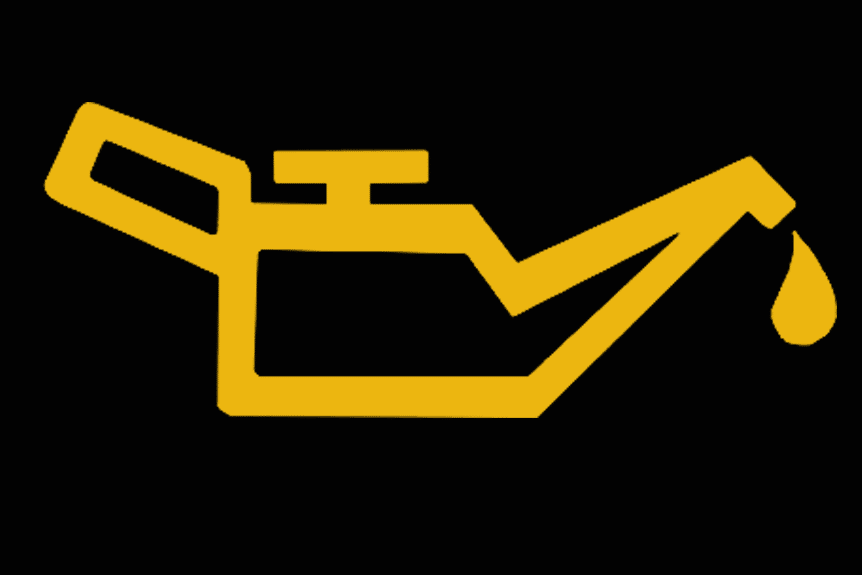
From Suzuki Marine Group: “While Suzuki hasn’t figured out a way to make maintenance appointments for you, our engineers did build in a service reminder (an alarm will sound and the oil light will illuminate) to remind you to have your engine serviced at 20 hours, and then every hundred hours. While dealers go over this feature during the initial delivery, sometimes customers forget and wonder why the engine service light comes on while they are on the water.”
Find Out Why
“It’s easy to turn off the alarm if you know what to do, so make sure you keep the owner’s manual handy for quick reference and to understand why an alarm sounded and how to address the situation. At the initial 20-hour service, the dealer will change the oil, filter, and run a number of other service/maintenance checks. Also, keep your manual in a zip-lock bag to protect it from the elements.”
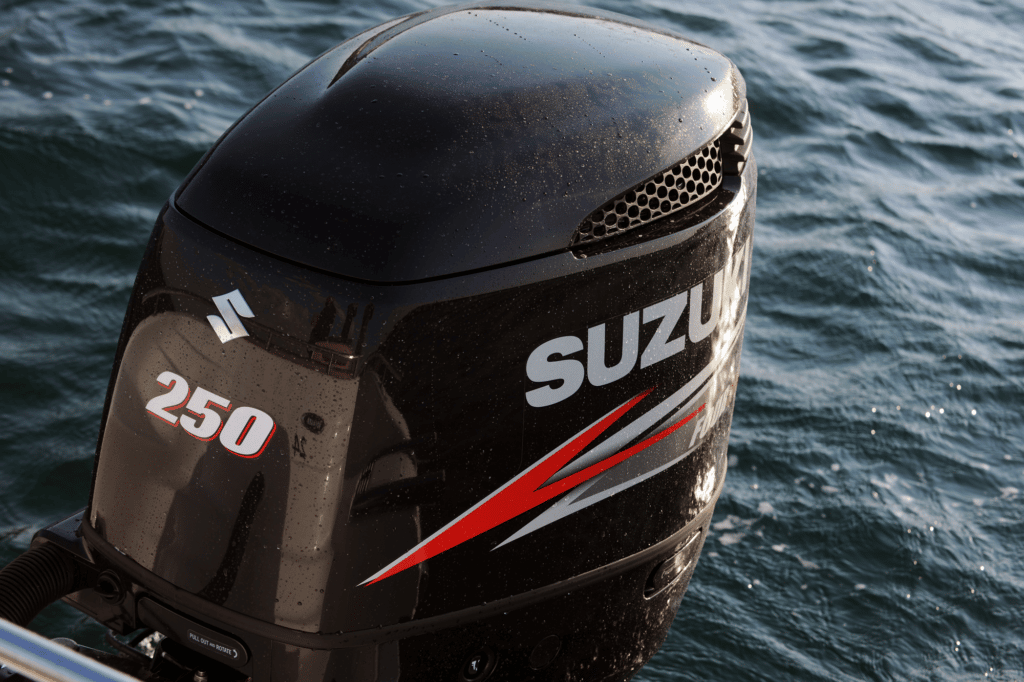
A couple of tips from Suzuki Marine Group: 1. Remove the propeller, check for fishing line wound around the prop shaft and inspect the prop shaft seal. If fishing line has wound around the prop shaft and has derogated the prop shaft seal, check the lower unit gear oil. Make sure the gear oil is full and does not contain any water. If there is water in the gear oil, this will need to be addressed as soon as possible. 2. Keep adequate sacrificial zinc anodes on the motor 3. Wash and wax the cowling
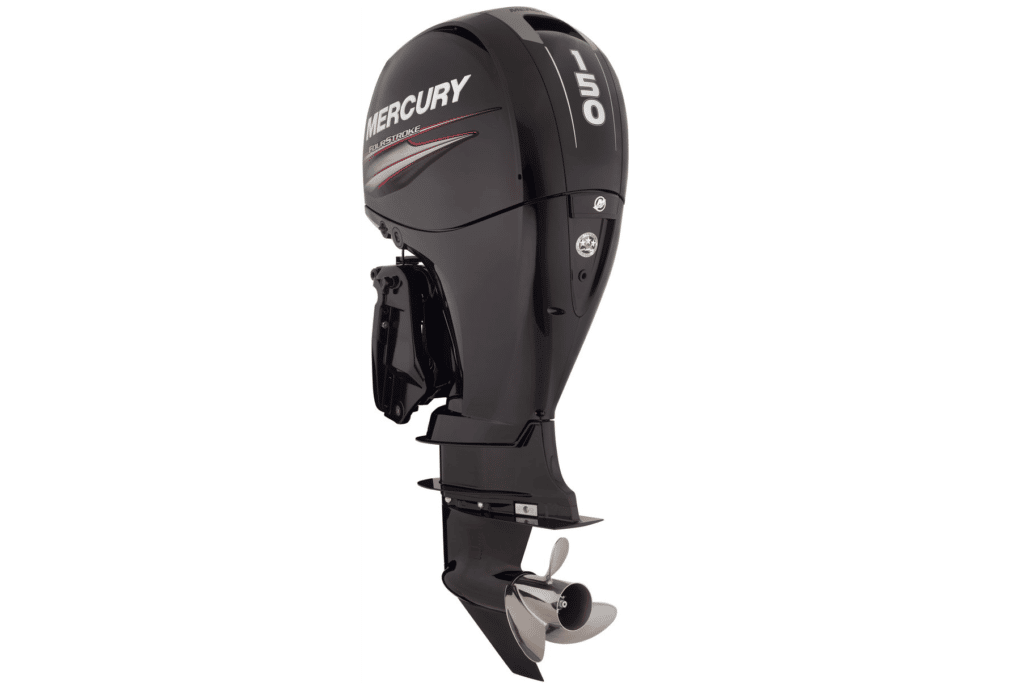
From the Mercury Marine Group: Every 100 hours of use or once yearly, whichever occurs first (based on their 150hp four stroke manual):
- Replace engine oil and oil filter.
- Replace gearcase lubricant
- Lubricate key engine points
- Inspect fuel filter for contaminants. Replace if required.
- Inspect the fuel system for deterioration or leaks.
- Inspect the thermostat visually for corrosion
- Inspect the outboard for tightness to the boat transom.
- Inspect wiring and connectors.
- Check tightness of bolts, nuts, and other fasteners.
- Check corrosion control anodes. Replace if required.
- Check battery condition and connections
Every 300 hours of use or three years:
- Replace alternator drive belt..
- Replace water pump impeller (more often if overheating occurs)
- Check power trim fluid
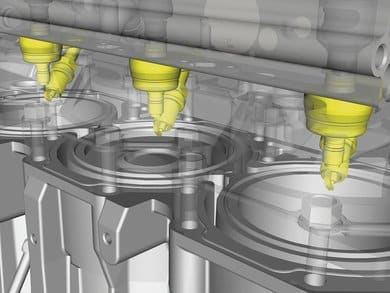
From Mercury Marine Group: “Use clean, good fuel from a reputable source. Think about purchasing 89 octane instead of 87, if you know your boat will sit and not be used for longer periods of time. At the end of boating season, drain as much fuel as possible for use in your car, be sure to use a fuel stabilizer (Mercury recommends QUICKSTOR fuel treatment) to the remaining fuel, then in the beginning of season put in fresh fuel.”
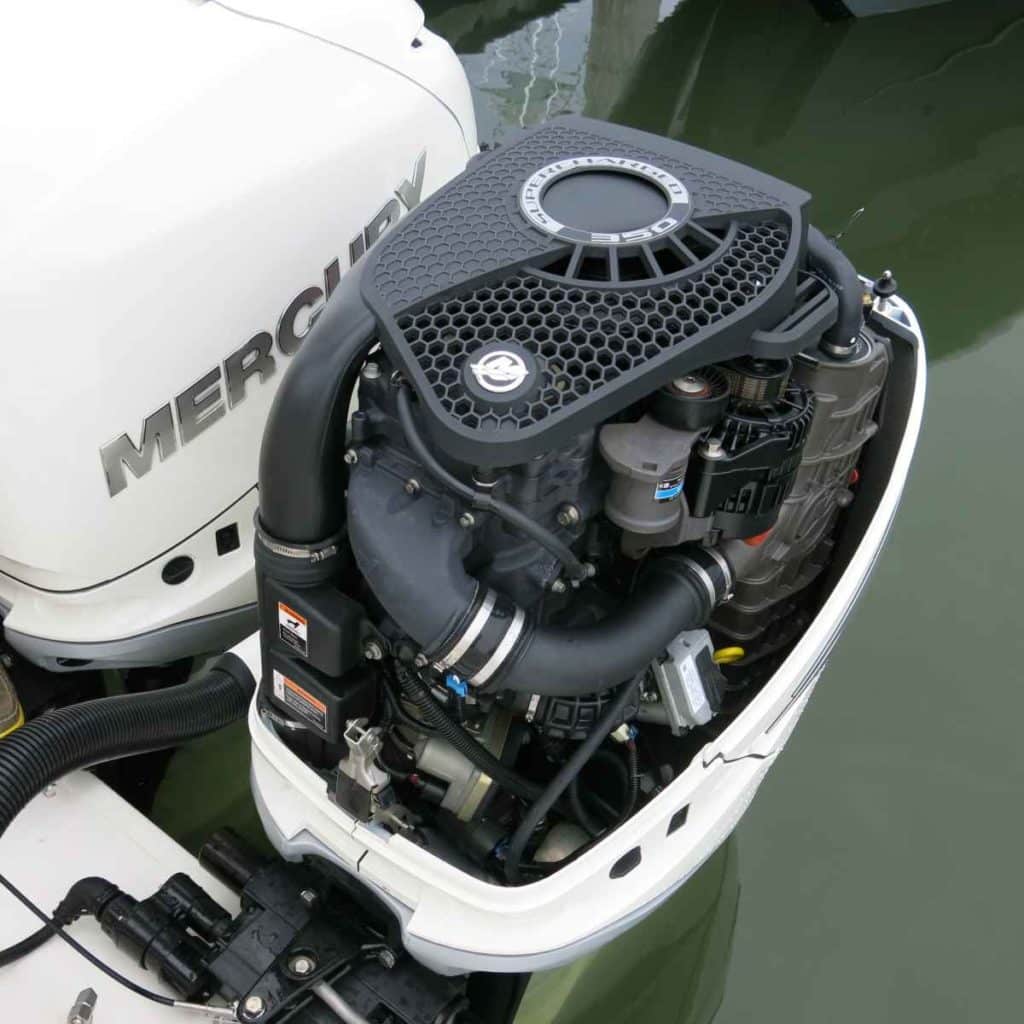
From Mercury Marine Group: “Service and clean both the internal and external anodes. Use a wire brush to expose fresh metal and if they fall below 50-percent of the original size, replace them. If you use some sort of protective paint on the hull or gear-case, make sure you do not paint them. While servicing the anodes, it’s a good idea to check the bonding or continuity straps to make sure they’re in place and working. Their job is to tie all external components, which might be isolated to the engines common ground. Even today’s aftermarket hydraulic steering systems utilize the stainless bonding straps to prevent corrosion.”

A cool feature that Mercury created, a QR code to connect to their website via any smart device.

